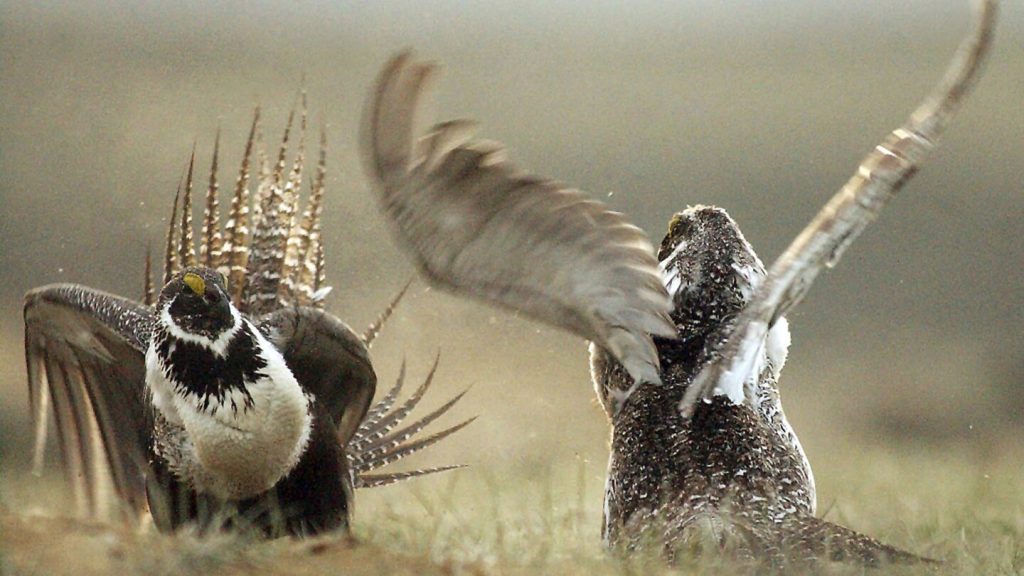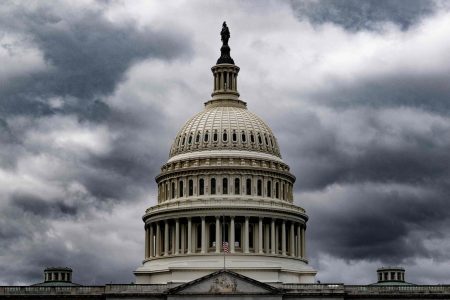President Biden’s administration has proposed new restrictions on oil, solar, and wind energy development in over 6,500 square miles of federal land in the U.S. West to protect the declining sage grouse population. The birds, known for their elaborate mating rituals, have seen their numbers decline due to various factors, including energy exploration, wildfires, and disease. An agreement in 2015 kept the birds off the endangered species list by imposing limits on development in their habitat across 11 states.
In the final weeks of the Biden administration, officials at the Interior Department are looking to strengthen protections for the sage grouse even further. The proposed changes would eliminate loopholes that allowed development in crucial areas for the bird’s survival. New solar and wind projects would be excluded, and oil and gas exploration would only be allowed from drilling sites outside the protected areas. However, it is uncertain whether these changes will survive under the incoming Trump administration, which has historically pushed for more public lands to be open for energy development.
Interior Secretary Deb Haaland emphasized that the proposal is based on science and aims to boost sage grouse populations while allowing development to continue on government lands. Despite this, the proposal has faced criticism from the oil and renewable energy industries, as well as Republican lawmakers. Some environmentalists also expressed disappointment, stating that the proposal does not go far enough in protecting the sage grouse from extinction.
Major conservation organizations, including the Nature Conservancy and National Wildlife Federation, have supported the proposed changes, while other environmentalists believe that more meaningful protections are needed to prevent the continued decline of the sage grouse population. Federal officials have stated that the economic impacts of the proposed restrictions will be minimal, as energy companies already avoid sage grouse habitat due to existing regulations.
The Interior Department’s Bureau of Land Management will accept protests against the proposal until December 9, after which final decisions on changes to land management plans will be made. Another related proposal aims to block new mining projects in sage grouse habitat for 20 years in several Western states. The population of greater sage grouse has decreased by 65% since 1986, highlighting the urgency of taking action to protect this iconic bird species.















